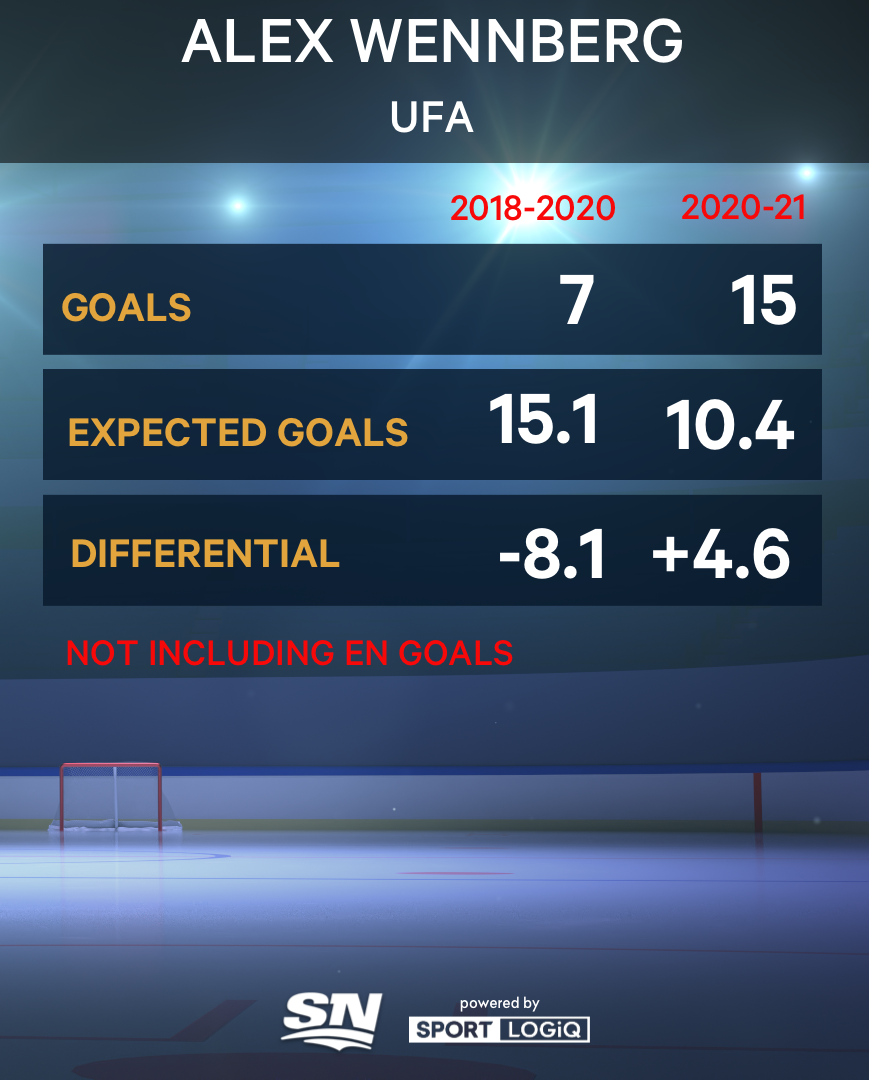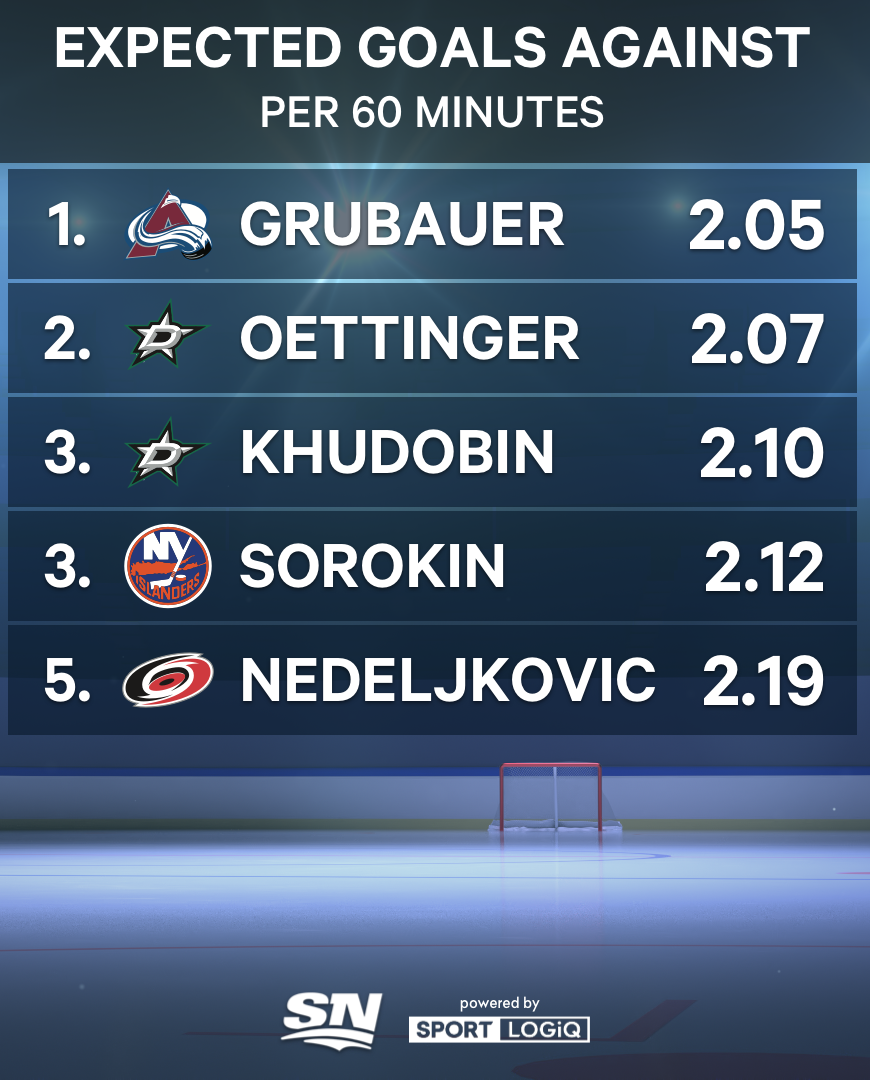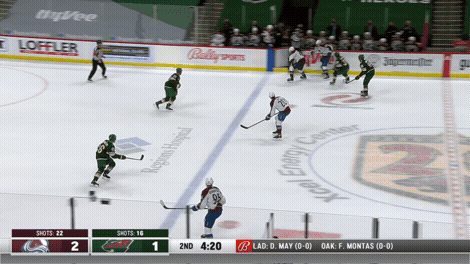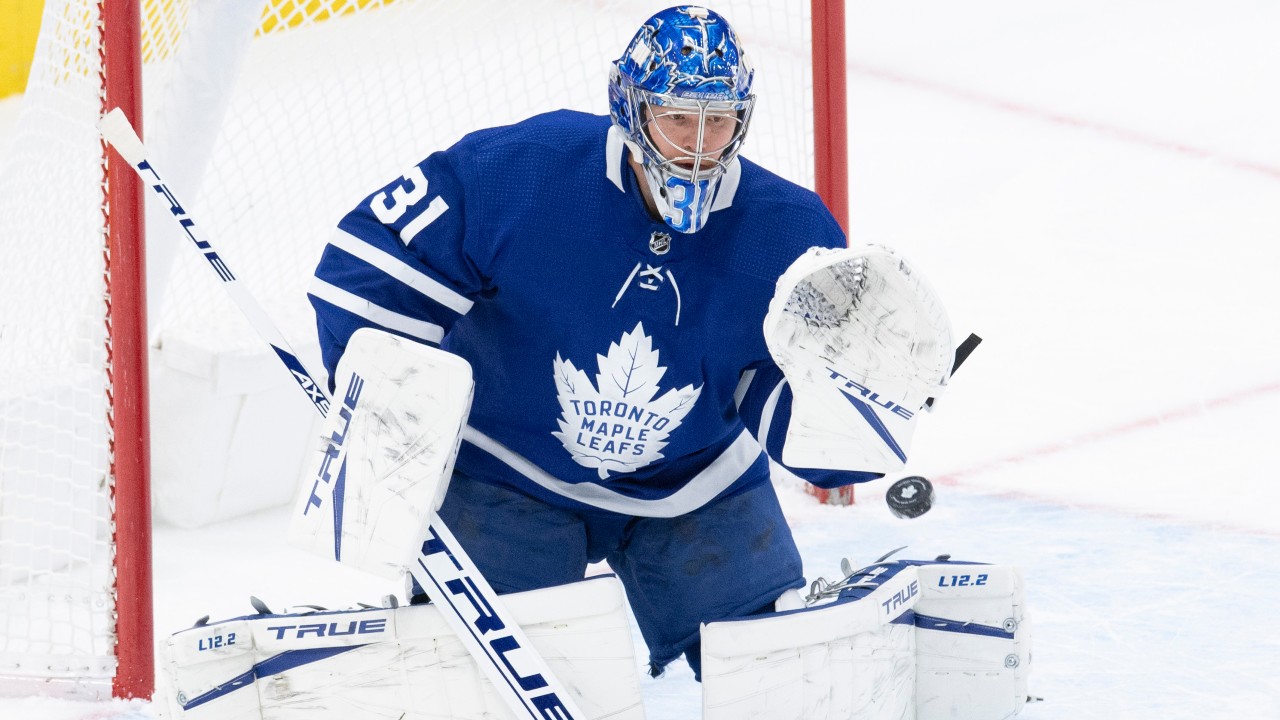General Managers will be free to offer contracts to UFAs on Wednesday and anytime there are bidding wars, there are overpays. With a flat salary cap, avoiding contracts with lots of term and money for players likely to underperform them is critical. This is difficult to do in unrestricted free agency when managers need to walk the tightrope of doing what they can to improve their team without overpaying for assets.
Whether it’s aging curves, regression candidates, or simply players whose production has not matched their cap hit in the past, there are always ‘buyer beware’ candidates teams should be wary of. This doesn’t mean the players aren’t worth signing, it simply means what they have done in the past is not likely to continue at the same rate going forward. With that in mind, here are some examples of ‘buyer beware’ players set to become unrestricted free agents.
Alexander Wennberg
Wennberg enjoyed a resurgent season with the Florida Panthers in 2020-21. After scoring 15 goals combined in his past three seasons, Wennberg broke out with 17 goals in 2021. A first-round pick of Columbus’ in 2013, Wennberg has historically been more of a playmaker than a goal scorer. However, among available unrestricted free agents, Wennberg ranked fourth in goals last season. The question then becomes, was he scoring at a sustainable rate and one we can expect to continue going forward?
Wennberg’s career shooting percentage was 9.8 per cent entering this past season and he had never finished a season with a shooting percentage above 12 per cent. His shooting percentage spiked to 20.7 per cent with the Panthers. That is a red flag, but only the first step in determining if Wennberg should be expected to outperform league average shooting percentages.
Did Wennberg create higher quality shots on net? If he did, he might be able to continue at a higher than average shooting percentage, even if cracking 20 per cent again is an unrealistic goal. Wennberg’s expected goals total this past season, based on shot quantity and quality, was 10.4, not including empty-net goals. As mentioned, he scored 17 goals, 15 if you take out empty-netters. This means Wennberg outscored his non-empty net goal expected total by 4.6.
Some players routinely outscore their expected goals total, which is based on league average goal probability on the type of shots the player took. No player outperformed his expected goal total more than Auston Matthews, who led the NHL in goals last season. However, this is not a sign that Matthews is due to regress as he consistently outperforms his expected goal total each year. He is an elite scorer whose shot is well above average. Wennberg does not have the same historical sample of outperforming his expected goal total, in fact, quite the opposite.
Wennberg has underperformed his expected goal total in recent years, scoring at a rate lower than average relative to the shots he put on net. Here is a look at Wennberg’s goal and expected goal totals from last season compared to the two previous, not including empty-net goals.

Wennberg played mainly with Aleksander Barkov and Patric Hornqvist in Florida and benefited from playing with strong players on a high-scoring team. Based on his shots and shot types from last season, a 14-15 per cent shooting percentage for Wennberg would have been sustainable. That’s still well above average and above his career average in Columbus. It’s also still well below the nearly 21 per cent he actually shot.
Wennberg is a good playmaking forward who has shown he can score goals when he decides to shoot the puck. If a team, including Florida, signs him to a contract with an expectation he will continue to score at the 25-goal pace he scored at this past season they will likely be in for a rude awakening.
Philipp Grubauer
A Vezina Trophy finalist on a ‘buyer beware’ list? Ya, that’s right. By no means are we suggesting Grubauer isn’t an above-average goalie. He has proved he is. What we are saying is that using traditional stats like goals-against average, save percentage, and wins to evaluate goaltending performance, as most general managers and agents do, only accounts for part of the equation. Grubauer was a good goalie on a great team — not only great offensively but defensively as well.
This past season, the Avalanche finished third in goals against and first in expected goals against. No team allowed fewer scoring chances, slot shots, inner slot shots, or rush chances than Colorado. No goalie faced an easier workload, in terms of expected goals against, than Grubauer.

To reiterate, none of this is a criticism of Grubauer or his play this past season. Behind the best team defence in the NHL, Grubauer performed well. His 0.07 goals saved above average per 60 ranked 16th among qualified goalies. Jonathan Bernier was one spot ahead of him, Adin Hill was one spot below. The other two Vezina Trophy finalists, Marc-Andre Fleury and Andrei Vasilevskiy, finished second and third respectively.
In part because of the league-best defence in front of him, Grubauer posted a 1.95 goals-against average which ranked second overall. His .922 save percentage ranked eighth. Again, neither of those statistics incorporate shot quality, which is a necessary component when evaluating and projecting goaltender performance.
Grubauer, who has battled injuries since joining the Avalanche, has shown he is a capable starting goalie. He may even become a great starting goalie. However, his traditional stats were bolstered by the play of the team in front of him and that needs to be recognized before determining the length and dollar amount of his next contract. Grubauer is likely looking at Jordan Binnington’s six-year, $36 million contract as a comparable ($6 million AAV). Perhaps he can provide that type of value in the future, but there is not sufficient evidence to say he is an elite goalie at this point in his career.
Brandon Saad
Another Colorado Avalanche player, Saad has scored at a 30-goal pace over the past two seasons. The speedy winger is a two-time Stanley Cup champion coming off a six-year, $36 million contract. At 28 years of age, Saad will likely be looking for a similar deal in unrestricted free agency. While there is a lot to like about Saad, like Wennberg, he did ride some unsustainable scoring percentages recently.
In his career, Saad’s shooting percentage has hovered around 11 per cent, but those percentages jumped to 15 per cent in 2019-20 and 22.1 per cent in 2021. Saad scored 15 goals this past season despite an expected goals total of 10.6. Had Saad finished the season more in line with his expected goal total, he would have had a shooting percentage of around 15 per cent — higher than average for him, but in line with his prior season where he did score in line with his expected goals total. Saad creates a majority of his chances and goals from the net-front, inner slot area so it is not out of the question to expect him to score on 10-15 per cent of his shots next season.

However, it is unlikely Saad continues scoring on 20-plus per cent of his shots which would make a 30-goal season unlikely. In addition, Saad’s even-strength ice time per game has also dropped steadily over the past three seasons. Saad averaged 14:32 of even strength ice time per game in 2018-19 with the Chicago Blackhawks. That total dropped 44 seconds the following season and another 91 seconds this past season with the Avalanche to 12:15 per game.
Saad should still be a good bet to score 20 goals in a full season, but it is unlikely he will crack the 30-goal mark as he gets set to enter his 30s.
Frederik Andersen
As many as eight teams could be looking for a starting goalie via free agency on Wednesday. The Toronto Maple Leafs need a backup or 1B to complement Jack Campbell. The Carolina Hurricanes need a starter and a backup. The goalie carousel will continue to turn and Frederik Andersen will garner attention from multiple teams.
Andersen, coming off a five-year, $25 million contract, will be 32 years old when the season starts in October. Andersen lost the starting job in Toronto this past season due to injury and a decline in play. Andersen failed to stop 90 per cent of the shots he faced for the first time in his career, posting a .895 save percentage in 24 games. This, on the heels of a 2019-20 season that saw Andersen post a .909 save percentage, which was the lowest of his career at the time.
Andersen’s play has steadily deteriorated over the past three seasons in terms of save percentage and goals saved above average.

With Grubauer, the debate is whether he should be paid like an elite goalie or simply a good, capable starter. With Andersen, the debate is whether he’s worth a contract and capable of playing at a league-average level.
Andersen has had identifiable weaknesses in each of his past two sub-par seasons. Last season, Andersen struggled on shots to his blocker side, high in the net. Just over 42 per cent of the goals Andersen allowed beat him high-blocker, the fifth-highest percentage in the NHL and 10 percentage points higher than league average.
In 2019-20, Andersen struggled on five-hole shots. Just over 18 per cent of his total goals allowed beat him five-hole, the fourth-highest percentage in the league. No goalie allowed more goals five-hole than the 26 Andersen allowed.
There is enough of a sample size of strong play in Andersen’s career to believe that he may be capable of getting back to the level of play that saw him routinely post save percentages in the .915 to .920 range. However, if the steady decline in performance we are witnessing is the beginning of the end for Andersen, a medium or long-term contract will be incredibly risky.
If a team interested in Andersen is comfortable with a one- or two-year contract at a reasonable rate and doesn’t need him to carry the mail in net, they may be able to get value out of this free-agent signing. Forecasting goalie performance is as tricky as it gets when evaluating the game of hockey. A team that signs Andersen will need to be sure he can elevate his play from recent seasons.
[relatedlinks]






COMMENTS
When submitting content, please abide by our submission guidelines, and avoid posting profanity, personal attacks or harassment. Should you violate our submissions guidelines, we reserve the right to remove your comments and block your account. Sportsnet reserves the right to close a story’s comment section at any time.